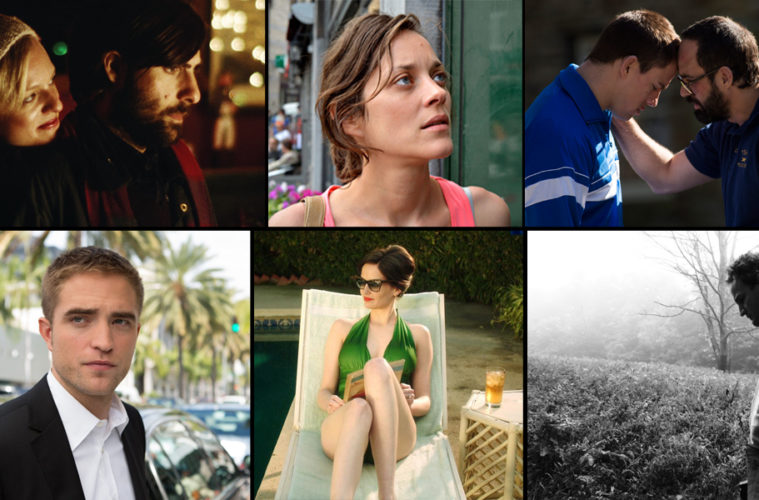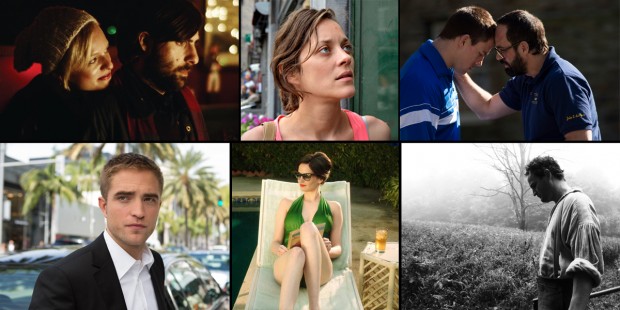With the summer cooling down, we’re entering perhaps the best time of year for fans of cinema with a variety festivals gearing up, some of which will hold premieres of our most-anticipated falls features. As we do each year, we’ve set out to provide a comprehensive preview of the films that should be on your radar, and first we’ll take a look at quality selections we can attest to. Ranging from a handful of premieres last fall to acclaimed debuts at Sundance, Cannes, and more, we’ve rounded up 20 titles that will arrive from September to December (in the U.S.) that are all well worth seeking out.
As a note, these didn’t make the cut but you can see our reviews at the links: No No: A Dockumentary (Sept. 5th), Kelly & Cal (Sept. 5th), The Skeleton Twins (Sept. 12th), Honeymoon (Sept. 12th), The Zero Theorem (Sept. 19th), Harmontown (Oct. 3rd), Camp X-Ray (Oct. 17th), Young Ones (Oct. 17th), Housebound (Oct. 17th), Laggies (Oct. 24th), Horns (Oct. 31st), Open Windows (Nov. 7th), The Homesman (Nov. 14th), and R100 (Dec. 12th).
Check out the 20 best fall 2014 films we’ve already seen below in chronological order, including links to complete reviews, and return for two more preview features this week:
God Help the Girl (Stuart Murdoch; Sept. 5th)

The directorial debut of Belle and Sebastian frontman Stuart Murdoch has been a long time coming and it’s well worth the wait. Initially conceived a decade ago, in 2009 he released an album of the same name which would be the foundation for the film that premiere at this year’s Sundance. While our review was mixed, I found the story following a youthful band to be brimming with sincere energy and one that would make a great pairing with this year’s We Are the Best! (or even Not Fade Away, which was severely overlooked a few years back). – Jordan R.
Memphis (Tim Sutton; Sept. 5th)
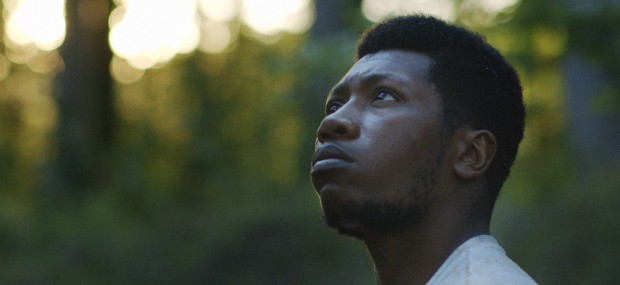
Deep within the tumultuous, creative mind of musician Willis Earl Beal (played by the real-life musician of the same name) is where writer/director Tim Sutton‘s Memphis takes place. When we first meet Willis, he’s talking big and bad at the host of a local Memphis talk show. He describes his work as “sorcery,” a kind of trickery of the human soul. What follows is Willis’ fight against normalcy. Though it’s clear the man has found some success in the music business, he spends his days wandering around Memphis on his own, mumbling to himself and those around him. He’s got a mostly ex-lover and child he barely sees and a fleeting wish to rediscover his faith. In one poignant scene, Willis, dressed in a sloppily put-together suit, attempts to address an excited congregation only to go speechless. – Dan M. (full review)
Stray Dogs (Tsai Ming-liang; Sept. 12th)
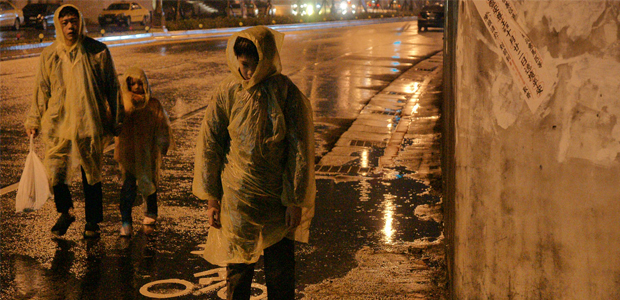
A woman sits at the edge of a bed, brushing her hair while a young boy and girl are positioned to her side, sleeping soundly. The camera, stationary, can capture nothing but the shapes of three bodies, segments of a comforter, and a wall whose minimal qualities of design would give the stronger impression of a small film set than actual room. This sequence proceeds for a few minutes; no dialogue is spoken and none of these people are identified, yet one can understand, on an almost-instinctual level, that it’s a mother figure, either worn down by her children or sitting in blissful relaxation. Not that we need read too greatly into this bare situation: an explication of circumstance is not necessary, nor is the opportunity for an explication of circumstance necessarily provided. Taken both in its entirety and viewed within proper context, the image is as much a proposition as an introduction, demanding our acclimation to a peculiar tenor of temporal cinematic geography — no room for personal compromise included. – Nick N. (full review)
The Guest (Adam Wingard; Sept. 17th)
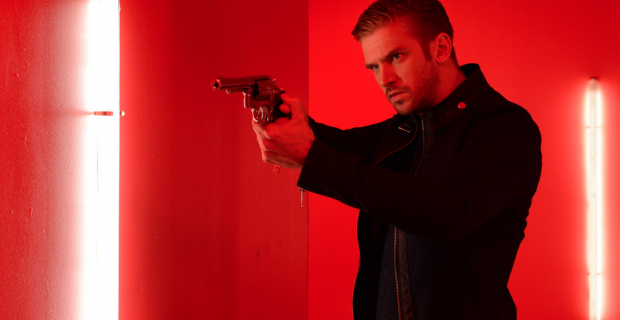
How blue can human eyes get? The question is answered succinctly in Adam Wingard‘s The Guest, a comfortably diverting riff on most all of the action/thriller elements from the ’80s that made performers like Kurt Russell bigger than life. The Guest opens with a knock on the door. The woman answering the door is Laura (Sheila Kelley), the mother of Caleb, who was killed in Afghanistan. The man at the door is David (Dan Stevens), a too-handsome-to-be-real veteran with a message to deliver to Caleb’s family. Overwhelmed with gratitude by David’s act, Laura invites him into her home and makes him feel like part of the family, which also includes her husband Spencer (Leland Orser), daughter Anna (Maika Monroe) and young son Luke (Brendan Meyer). Before long, David is the man of the house, solving any and all problems with a devil-may-care smile and some extremely violent, extremely entertaining fighting techniques. – Dan M. (full review)
Tracks (John Curran; Sept. 19th)
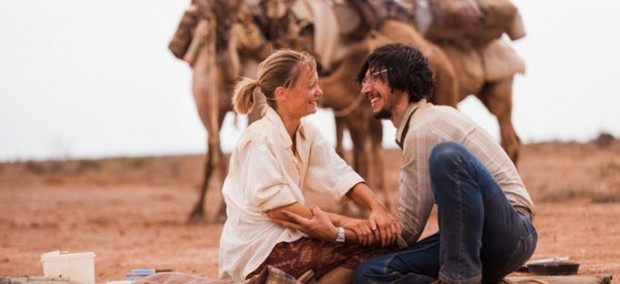
A stunningly beautiful film, director John Curran‘s Tracks traces the physical and psychological 1,700-mile trek of Robyn Davidson (Mia Wasikowska) from the central Australian town of Alice Springs to the Indian Ocean. As masterfully shot by Mandy Walker, the film has images that, at times, are lucid, while its structure and Curran’s direction takes little risks. Inspired by an award-winning 1980 account (expanded from a National Geographic article published in 1979), Tracks allows us to share a journey that shaped Robyn, an awkward young woman who survived in Alice Springs doing odd jobs in exchange for a camel. – John F. (full review)
Jimi: All Is By My Side (John Ridley; Sept. 26th)
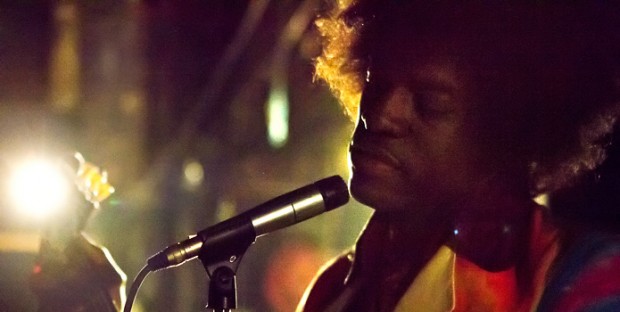
On paper, a biopic of Jimi Hendrix without the rights to his music seems like a complete waste of time. Even with John Ridley‘s All Is by My Side detailing the guitarist’s two years prior to the Monterey Pop Festival in 1967, the thought of not using an iconic track for the credits is a daunting one to overcome. Thankfully, with a bit of ingenious sound design and multiple sensory collages of images and music, we’re able to experience the tale as though inside Hendrix’s one-of-a-kind mind. It’s an attempt to bring a line from the script—”I want them to see the music like I do”—to life, putting us in his shoes rather than merely positioning us on the outside looking in like so many other biographies are love to do. – Jared M. (full review)
Listen Up Philip (Alex Ross Perry; Oct. 17th)
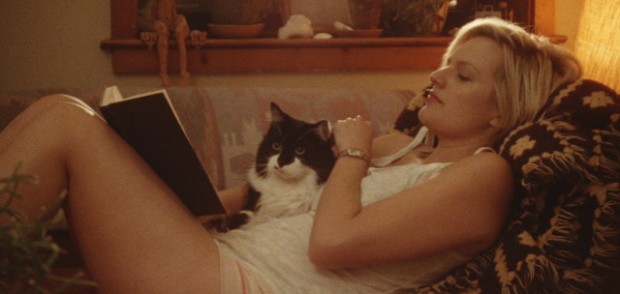
When a film follows a despicable character acting out despicable things, it takes a careful balance in both the direction and the writing to give an audience any desire to explore his or her life. Thankfully, Listen Up Philip, the latest drama from The Color Wheel writer-director Alex Ross Perry, excels in both categories. We open on our title character, played by Jason Schwartzman, gloating about his new novel to an ex-girlfriend and, then, attacking a handicapped former friend on his life choices, all while Eric Bogosian‘s inimitable narration provides another perspective to our protagonist’s narcissistic worldview. – Jordan R. (full review)
The Tale of The Princess Kaguya (Isao Takahata; Oct. 17th)
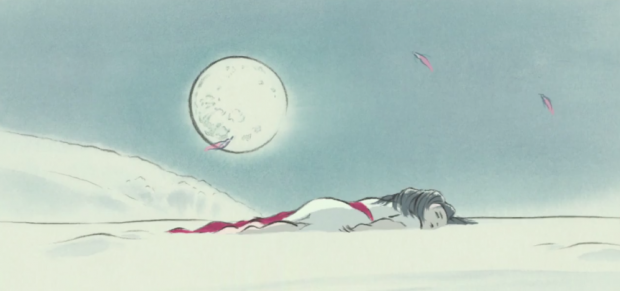
In an era where the aesthetics of animation uphold the crafting of a stunning amount of detail into the image, one of the most genuine pleasures to be found in The Tale of Princess Kaguya — the first film by Studio Ghibli auteur Isao Takahata in fourteen years, and likely his last — is not that each frame bursts with multitudes of details, but with barely the minimum. It is often as if the colors of the background are unfinished, every shot like a brief sketch than something meticulously worked over. In an era where anime films seem to blend into each other aesthetically, Takahata’s impressions seems marvelously alive — its modesty in images makes them feel as if they’re being created before our very eyes. – Peter L. (full review)
Dear White People (Justin Simien; Oct. 17th)
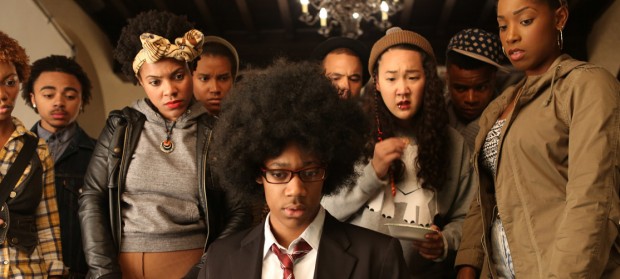
One great aspect of the Sundance Film Festival is the occasional discovery of potential new and important voices in American cinema. Dear White People, the debut feature film from writer/director Justin Simien, heralds just that. It is a compelling, yet uneven scattershot of humor and commentary about racial conventions in the 21st century. Set in a fictitious Ivy League university, the film skewers the preconceptions of race in the modern era and how both sides of the coin can negatively reinforce stereotypes. The strength of the film is its razor-sharp dialogue brimming with quick-fire humor that would make Kevin Smith smile. Simien is a natural at creating flowing conversations that punch with intelligence and wit, but are also funny and entertaining. – Raffi A. (full review)
White Bird in a Blizzard (Gregg Araki; Oct. 24th)
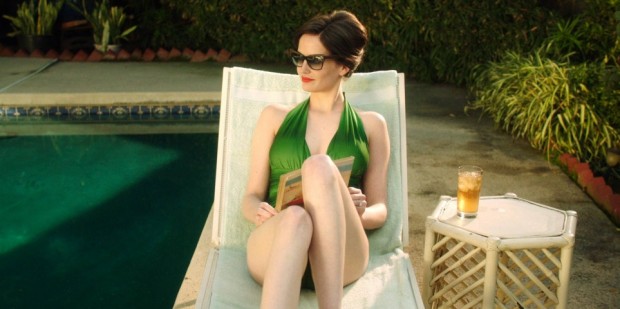
During White Bird in a Blizzard, our lead Kat Connors (Shailene Woodley), is browsing records with a friend (Gabourey Sidibe) and a poster for David Lynch‘s debut Eraserhead lines the wall. A clear nod to the auteur that director Gregg Araki (Mysterious Skin, Kaboom) is inspired by, his latest feature could have used a bit more of that brand of strange in this surprisingly standard, but engaging coming-of-age story. – Jordan R. (full review)
Goodbye to Language 3D (Jean-Luc Godard; Oct. 29th)
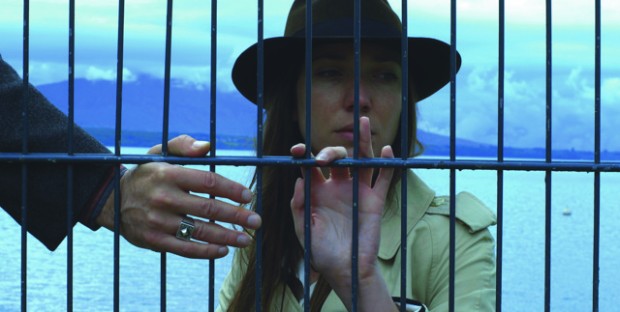
The film is called Adieu au langage. Goodbye to Language. Why language? The goodbye is to cinematic language. The idea of cinema as a translator, as communication. Instead, the images are removed from their language. They are reality. 3D reality. A book; a table; a tree; a phone. They pop — the colors bleed into saturation. The new cinema. Representation disappears. The iPhone cinema. Arnheim and Bazin stood at polar opposites. Godard has found a way to wield them together. Total cinema as pure reality — the wind in the trees, but nothing to limit them as simply the staging of reality. Not a manifestation of reality. Reality as reality. – Peter L. (full review)
Maps to the Stars (David Cronenberg; Oct. 31st)
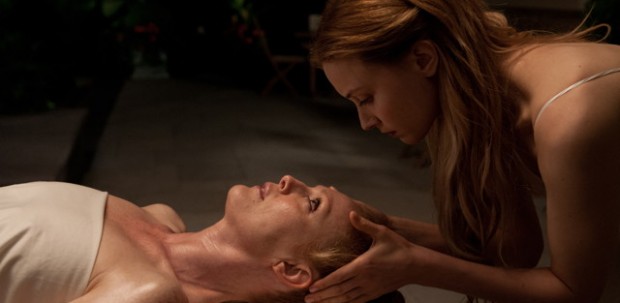
After making one of the most authentically emotional films of his career with A Dangerous Method, David Cronenberg has begun exploring the world of artificiality. Cosmopolis, which may end up standing as the director’s best film, explored the idea of capitalism in the digital age by creating a language, a series of green screen windows, and, essentially, a society in which numbers and data trumped any factors that might be described as physical. The same could be said for Maps to the Stars, except the target here is the artifice of Hollywood. – Peter L. (full review)
The Better Angels (A.J. Edwards; Nov. 7th)
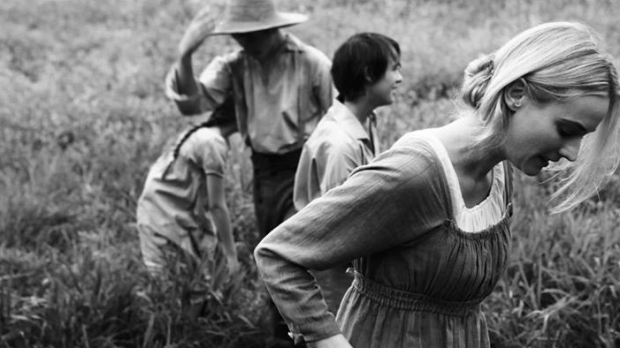
The style of Terrence Malick has long since been a comparison point in many critical examinations, as of late hitting something of a fever pitch. While I rarely find such claims to be of real merit, a new drama premiering at Sundance does more than proudly wear this style on its sleeve, instead using the auteur as a collaborator and key member of the creative process: The Better Angels, produced by Malick and directed by a To the Wonder editor, A.J. Edwards, makes for a sublime, transfixing, and informative look at the early life of Abraham Lincoln. – Jordan R. (full review)
Foxcatcher (Bennett Miller; Nov. 14th)
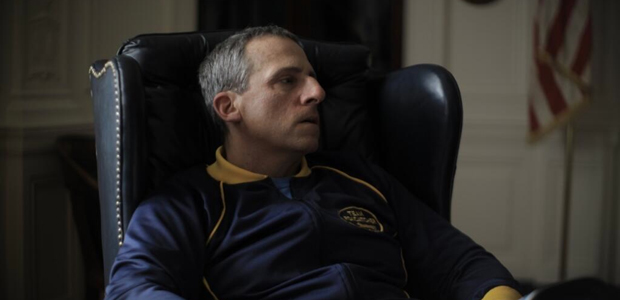
There is an unspoken emptiness that hangs boldly over Foxcatcher, which is sure to be one of the subtly darkest films made by a major Hollywood studio this year. The film’s Pennsylvania ranch initially appears like a gorgeous emblem of American society, sparkling with the country’s ideological symbols of majestic plains, galloping horses, and sizable, but not elegant, mansions. But there also seems to be a totalitarianism hanging over these as well, a kind that makes one second guess the images presented onscreen. The dread that sits over Bennett Miller’s superbly directed, bleakly dystopic view of American life is palatable in every moment without ever feeling overwhelming, simply sitting in the empty spaces that separate the physical bodies. Miller is a director of these spaces — spaces that have been hollowed out, leaving characters to need to sit, look, and think, as we often see with Channing Tatum’s Mark Schultz. Mark desires something, but never has the words to articulate it. – Peter L. (full review)
The Babadook (Jennifer Kent; Nov. 28th)
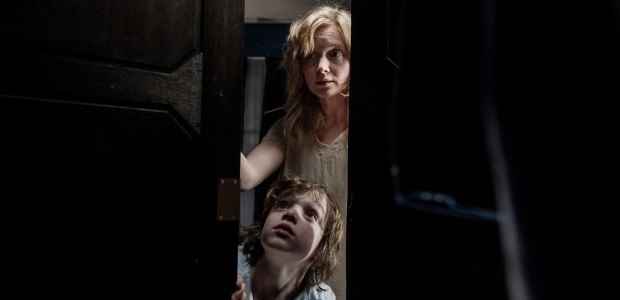
Conditions are ripe for a monster in Jennifer Kent‘s directorial debut, The Babadook. The widowed Amelia (Essie Davis) and her ostracized six-year old Samuel (Noah Wiseman) are the kind of people demonic entities love to prey on. Both Amelia and Samuel’s lifelines to the outside world are dwindling quickly. Amelia, still not emotionally intact after the death of her husband, is finding it difficult to cope with the rigors of suburban motherhood and her son’s erratic behavior. In a repeated visual, Amelia hovers high above her bed, lost in the horrific nightmare that marked both Samuel’s birth and her husband’s death, before coming down to a reality far worse. – Zade C. (full review)
The Great Invisible (Margaret Brown; Fall TBD)
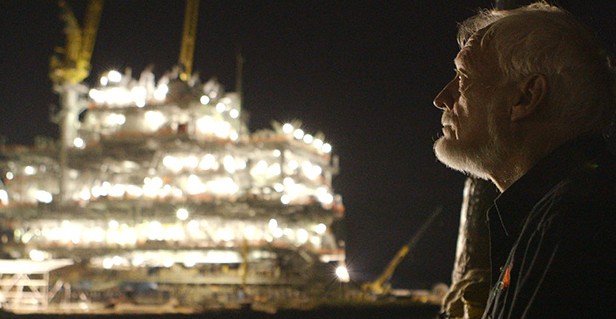
Margaret Brown’s The Great Invisible is often a frank reminder of what George W. Bush once said: “America is addicted to oil.” Exploring the event and aftermath of the 2010 Deep Water Horizon explosion, Brown intercuts between those with intimate knowledge of the rig, including workers who narrowly escaped death, archival footage that also encompasses BP’s response, a frank conversation between energy executives in Houston, and the on-the-ground effects in Bayou La Batre, a hub of seafood production. At times this narrative device seems risky and perhaps disjoined, but The Great Invisible is a large and haunting story to attack. Brown’s film is at her strongest when she focuses upon characters; if the film has one flaw is that she is perhaps doing too much in about 90 minutes. Bayou La Batre itself deserves a feature-length documentary, on the order of Brown’s excellent The Order of Myths. – John F. (full review)
Mr. Turner (Mike Leigh; Dec. 19th)

In Mr. Turner, Mike Leigh, the director of Naked, Topsy-Turvy, and Another Year, works on a microcosmic scale, investigating psychology through dialogue and camera movement, finding precise moments at which the human shell can break. But both are perceptibly searching for the in-between — or, as one character in the film suggests, turning ‘particles into chaos.’ These two artists search for the essence of life through the blending of the material building blocks of the world, offering much to ponder without necessarily asserting their own importance. Even if the artist is a fool, the work will always stand. (full review)
Two Days, One Night (Jean-Pierre and Luc Dardenne; Dec. 24th)
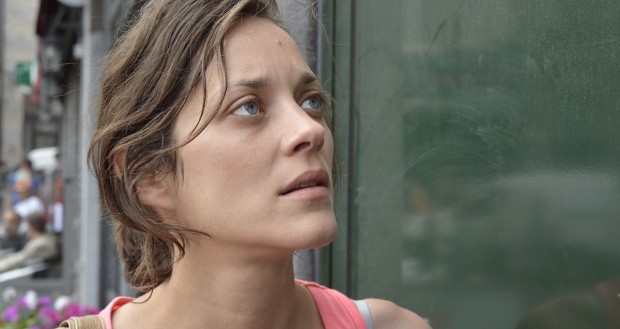
Once again, the most exciting filmmakers in world cinema have crafted a staggeringly transcendent Parable of the Poor — a view into the dichotomy of work and grace, along with the emergence of self-worth. If one must necessarily ask what is ‘new’ here, it’s that the Dardennes are becoming filmmakers who are abandoning some of their rough-and-tumble style for a cleaner, more elegant form of storytelling, aesthetics, and performance, most notably as this latest masterwork stars The Immigrant’s Marion Cotillard. – Peter L. (full review)
Leviathan (Andrey Zvyagintsev; Dec. 31st)
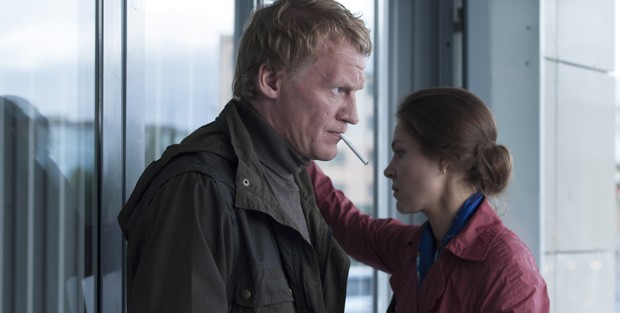
If there is a very loose thread connecting contemporary Russian cinema to its artistic heritage, it is that its best filmmakers still exude a desire to produce art on the grandest of scales. The great Czarist-then-Soviet-then-Thaw State has amalgamated a collection of artists known, in some circles, solely for their grand scale: Tolstoy, Dostoevsky, and Bulgakov, with their intense emotional overtures that turn simple stories into mass-size tragedies; the overtures of Tchaikovsky, with their use of bellowing brass and percussion; and Kadinsky’s extreme use of space in his abstractness. Of course, there is its cinema: Eisenstein’s lightning-like editing, Tarkovsky’s profound stillness, Sokurov’s investigation of power — and, now, Andrey Zvyagintsev‘s intensely operatic examination of a land dispute escalated to epic proportions in Leviathan. – Peter L. (full review)
Winter Sleep (Nuri Bilge Ceylan; Dec. TBD)
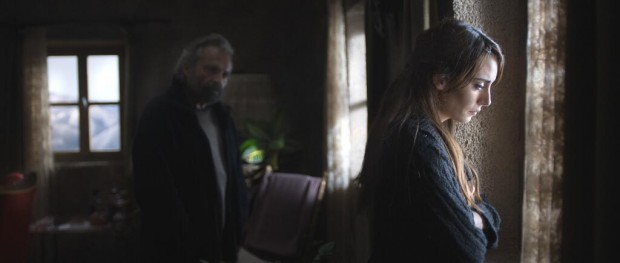
A brutal portrait of a man, Winter Sleep, for three hours and seventeen minutes, plunges us into Aydin’s thoughts, logic, and feelings as he slowly comes to understand the personality he’s developed over the years. It’s an interesting step for Ceylan, who, after becoming the primary arbiter of Turkish cinema around the globe, seems to be entertaining his own version of Bergman’s Scenes from a Marriage. He has not lost a focus on the elemental beauty of environment that made both Climates and Once Upon a Time in Anatolia so thrilling, but while Anatolia felt content to be more of a philosophical rumination that only approached the essential nature of its characters when nearing a conclusion, Winter Sleep finds a way to weave these threads simultaneously. – Peter L. (full review)
Which of the above are you most anticipating?

